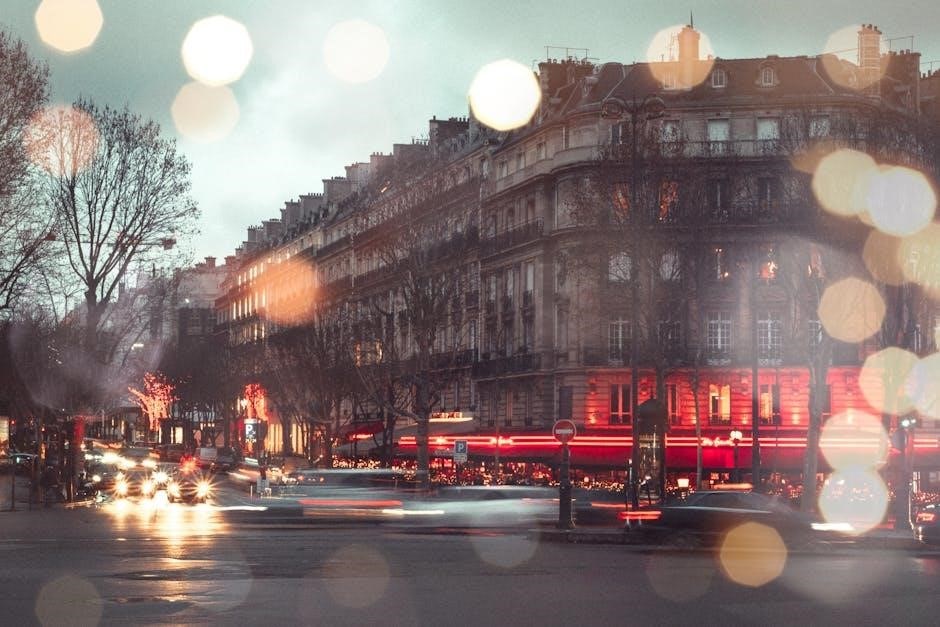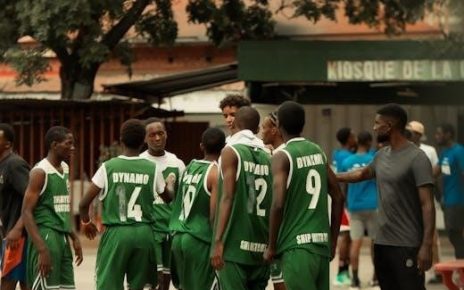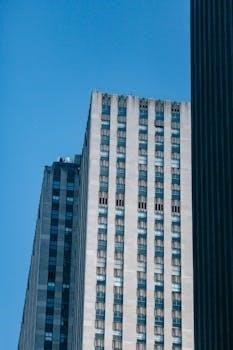1.1. Overview of the 105th Avenue Redevelopment Project
The 105th Avenue Redevelopment Project aims to revitalize urban areas, focusing on infrastructure, zoning, and public safety improvements to enhance community living and economic growth effectively.
The 105th Avenue Redevelopment Project focuses on revitalizing urban areas to enhance community living and economic growth. The initiative includes upgrading infrastructure, improving public safety, and incorporating green spaces. It aims to address existing challenges such as outdated zoning laws and inadequate utilities. The project also emphasizes sustainable development, ensuring affordability and minimizing environmental impacts. By modernizing streetscapes and utilities, the plan seeks to create a vibrant, inclusive environment for residents and businesses, fostering long-term prosperity in the region.
1.2. Background and Context of the Redevelopment Initiative
The 105th Avenue Redevelopment Initiative was born out of the need to address urban decay and modernize outdated infrastructure. The area has faced challenges such as aging buildings, insufficient utilities, and limited green spaces. Recognizing these issues, local authorities launched the project to create a sustainable and inclusive environment. The initiative aims to balance urban growth with community needs, ensuring affordable housing and economic opportunities. It also seeks to enhance safety and connectivity, laying the groundwork for a vibrant future.
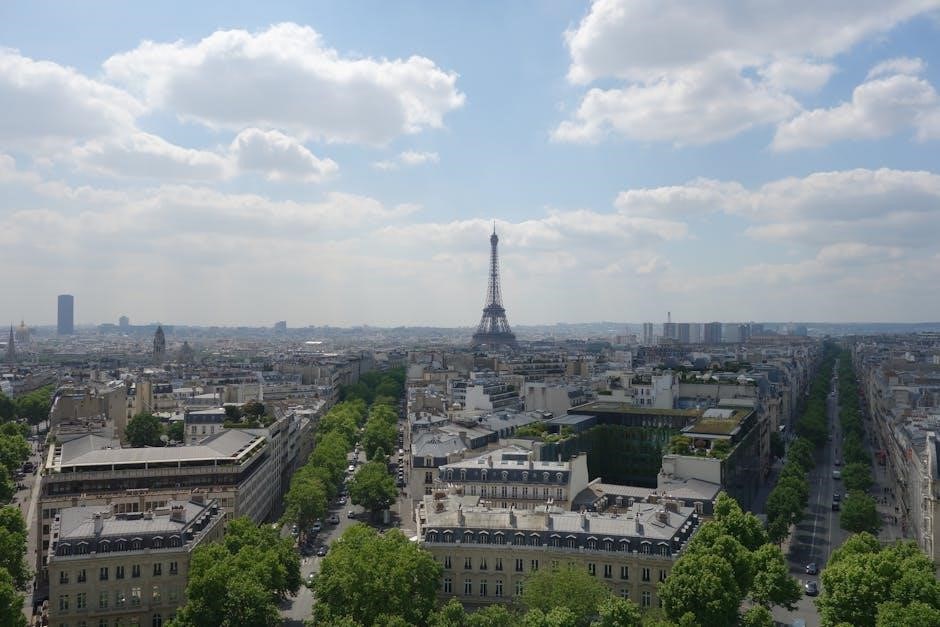
Existing Conditions
The area faces aging infrastructure, vacant lots, and environmental challenges. Sidewalks are needed on 109th and 116th Streets. The 105th Ave connector may impact Hawthorne Park.
2.1. Current Land Use Patterns Along 105th Avenue
The area near 105th Avenue, Nassau Street, and Radisson Road is identified for redevelopment, with existing conditions showing vacant lots and open spaces. Current land use includes a mix of commercial, industrial, and residential properties. Aging infrastructure and environmental challenges, such as ponding and fly dumping, are prevalent. Sidewalks are lacking on 109th and 116th Streets, highlighting the need for improved pedestrian accessibility. This area presents opportunities for revitalization to address these issues and enhance community livability.
2.2. Infrastructure Assessment
The infrastructure along 105th Avenue reflects aging systems requiring modernization. Water, sewer, and stormwater systems are in need of upgrades to support future development. Transportation networks, while functional, lack pedestrian and cyclist-friendly features, necessitating improvements. The proposed 105 Ave connector may impact Hawthorne Park, prompting measures to mitigate environmental effects. Addressing these infrastructure challenges is crucial for sustainable redevelopment and enhanced community accessibility.
2.3. Socioeconomic and Demographic Profile of the Area
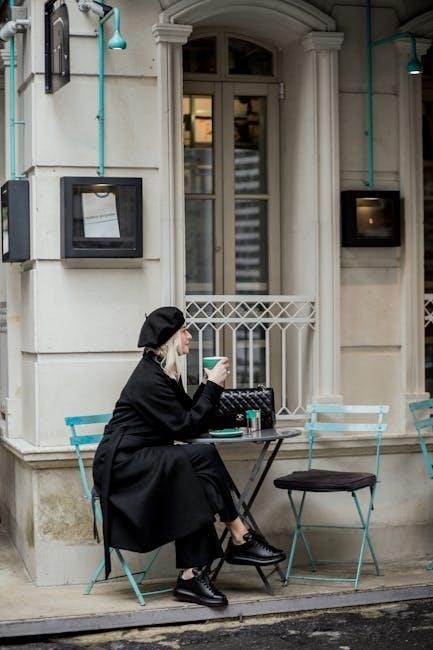
The area along 105th Avenue exhibits a diverse socioeconomic profile, with a mix of residential and commercial activities. Current land use patterns reveal a need for revitalization, as some properties are vacant or underutilized. The population reflects a mix of age groups and income levels, with housing affordability emerging as a key concern. Long-term vacancy and neglect of buildings highlight the need for targeted economic strategies to stabilize and enhance the community’s quality of life.
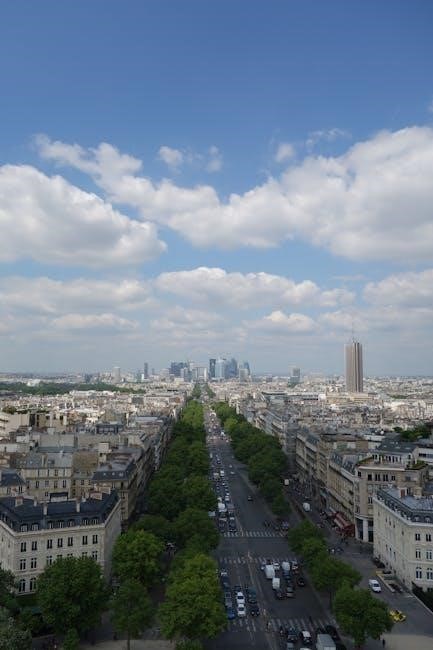
Infrastructure
The area’s infrastructure is a critical component of the redevelopment plan, requiring assessments of transportation networks, utilities, and environmental conditions to ensure sustainable and efficient upgrades.
3.1. Transportation Networks and Connectivity
The existing transportation network along 105th Avenue faces challenges, including traffic congestion and limited pedestrian accessibility. Current infrastructure includes roadways and public transit options, but improvements are needed to enhance connectivity. Plans aim to upgrade roads, expand public transit access, and integrate bike lanes to promote sustainable mobility. These upgrades will improve traffic flow, reduce congestion, and create safer, more accessible routes for residents and visitors. Enhancing transportation connectivity is vital for supporting economic growth and community well-being.
3.2. Utilities and Public Services
The current utilities along 105th Avenue include water, sewer, and stormwater systems, but upgrades are needed to support redevelopment. Existing infrastructure shows signs of aging, with capacity challenges during peak demand. Plans include modernizing utility networks to ensure reliability and sustainability. Public services, such as waste management and emergency response, are operational but require enhancement to meet growing demands. Upgrading utilities will improve service quality, support new developments, and ensure long-term functionality for the community.
3.3. Environmental and Ecological Conditions
The area along 105th Avenue features a mix of urban and natural elements, with existing parks and open spaces providing ecological value. However, environmental assessments highlight the need for improved green space integration and sustainable practices. The redevelopment plan aims to enhance biodiversity, mitigate urban heat island effects, and ensure stormwater management. Balancing development with ecological preservation is a key focus to maintain a healthy environment for future residents and wildlife, aligning with broader sustainability goals.
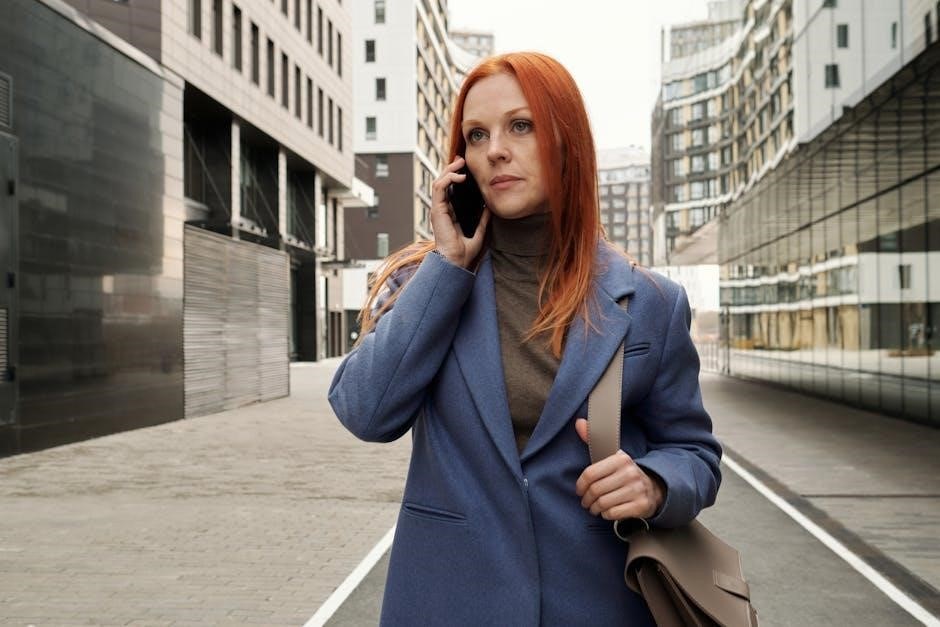
Economic Development
The area along 105th Avenue currently supports a mix of small businesses and retail activities, with opportunities for growth in commercial and mixed-use developments.
4.1. Current Economic Activities and Business Landscape
The 105th Avenue area currently features a mix of small businesses, retail shops, and local services, forming the backbone of its economic activity. These establishments cater to the daily needs of residents and provide essential goods and services. Additionally, there are opportunities for growth in commercial and mixed-use developments, which could attract new businesses and enhance the area’s economic vibrancy. However, the presence of vacant or underutilized properties highlights the need for targeted investment to stimulate further economic development and create jobs.
4.2. Market Trends and Opportunities for Redevelopment
The 105th Avenue area presents promising market trends, with growing demand for mixed-use developments and transit-oriented projects. Vacant or underutilized properties offer opportunities for revitalization, attracting new businesses and residential investments. Rising interest in walkable, sustainable neighborhoods aligns with the area’s potential for redevelopment. Strategic planning can leverage these trends to create vibrant, inclusive spaces that meet community needs and foster long-term economic growth, ensuring the area remains competitive in the regional market.
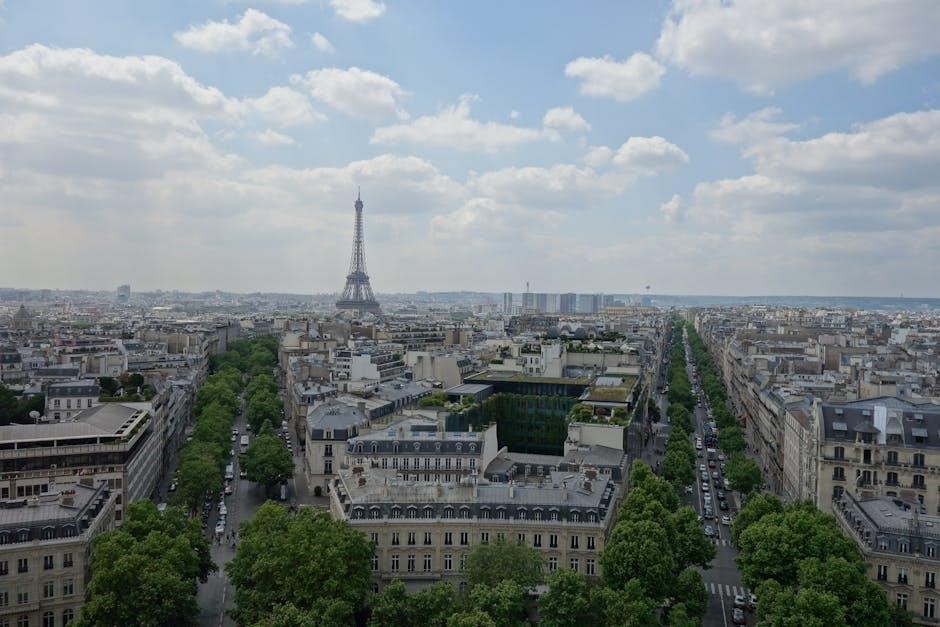
Environmental Considerations
The 105th Avenue Redevelopment emphasizes sustainability, integrating green spaces and eco-friendly practices. Environmental impact assessments ensure minimal disruption, promoting long-term ecological balance and community well-being through careful planning.
5.1. Sustainability Goals and Green Space Integration
The 105th Avenue Redevelopment Project prioritizes sustainability by integrating green spaces and eco-friendly practices. Environmental assessments ensure minimal ecological disruption, promoting long-term balance. The master plan includes parks, trails, and open spaces to enhance biodiversity and community well-being. Green infrastructure, such as rain gardens and permeable pavements, manages stormwater effectively. These initiatives align with global sustainability trends, aiming to create a resilient and environmentally conscious urban environment. The project also addresses existing conditions, ensuring harmonious redevelopment.
5.2. Environmental Impact Assessment
The Environmental Impact Assessment (EIA) for the 105th Avenue Redevelopment evaluates potential ecological effects, ensuring sustainable practices. Key areas include air quality, noise levels, and stormwater management. The assessment identifies risks to natural habitats and proposes mitigation strategies, such as green infrastructure and pollution controls. By addressing these factors, the project aims to balance urban development with environmental preservation, fostering a resilient ecosystem for future generations while adhering to sustainability goals; This ensures the redevelopment aligns with both community needs and ecological health.
Social Factors
Social factors are critical in shaping the 105th Avenue Redevelopment Project, focusing on community engagement, housing affordability, and ensuring inclusive growth that benefits all residents equitably.
6.1. Community Engagement and Public Feedback
Community engagement has been a cornerstone of the 105th Avenue Redevelopment Project, with residents and stakeholders actively contributing through surveys and public meetings. Feedback highlights the need for improved sidewalks, particularly along 109 Street and 116 Street, and concerns about traffic impacts. The City Council has emphasized the importance of incorporating these insights to ensure the redevelopment aligns with community priorities, fostering a collaborative and inclusive planning process to address both current and future needs effectively.
6.2. Housing Needs and Affordability
The 105th Avenue Redevelopment Project addresses growing housing demands by planning mixed-use developments and affordable residential units. Current conditions reveal a need for revitalized housing stock and increased accessibility. The initiative aims to balance market-rate and affordable housing to ensure inclusivity. Public feedback emphasizes the importance of maintaining affordability without compromising quality, ensuring the redevelopment supports diverse income levels and fosters a sustainable community for future generations.
Transportation and Mobility
The 105th Avenue Redevelopment Project focuses on enhancing public transit accessibility, improving pedestrian and cyclist infrastructure, and ensuring seamless connectivity to reduce traffic congestion effectively.
7.1. Public Transit Accessibility and Infrastructure
The 105th Avenue Redevelopment Project emphasizes improving public transit accessibility to enhance connectivity and reduce traffic congestion. Current conditions highlight the need for better transit infrastructure, including bus stops and shelters. Plans include integrating new routes and upgrading existing facilities to ensure seamless travel. The proposed 105 Ave connector aims to link key areas, minimizing impacts on Hawthorne Park. These upgrades will promote a more sustainable and livable community, aligning with broader redevelopment goals.
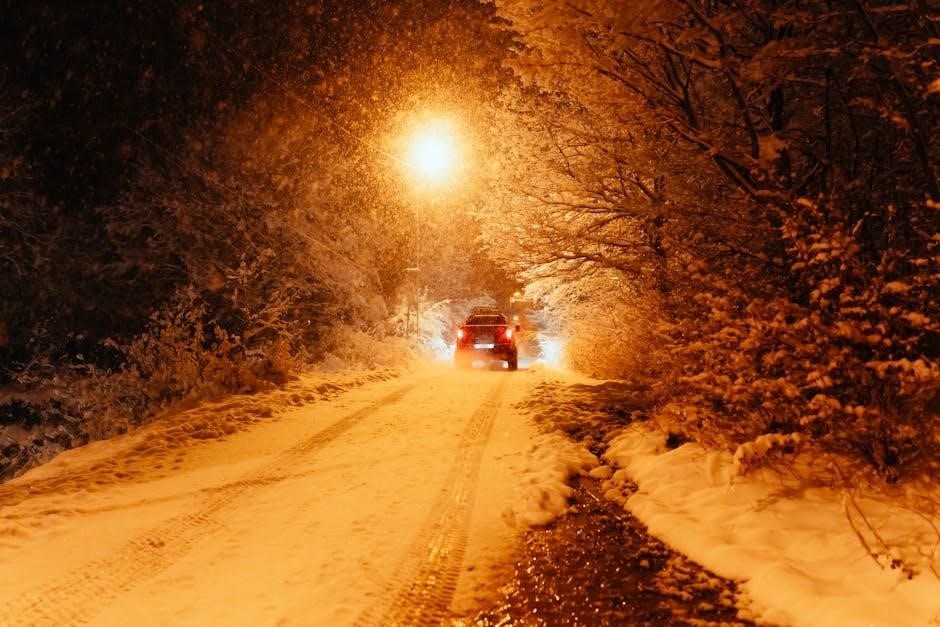
7.2. Pedestrian and Cyclist Accessibility
The 105th Avenue Redevelopment Project prioritizes enhancing pedestrian and cyclist accessibility to foster a more connected and sustainable community. Current conditions reveal gaps in sidewalks, particularly along 109 Street and 116 Street, which are desperately needed. Plans include constructing new sidewalks, improving crosswalks, and integrating bike lanes to ensure safe and accessible pathways. A streetscape development plan aims to coordinate street lighting and enhance overall walkability, promoting a vibrant and inclusive urban environment for residents and visitors alike.
Zoning and Land Use Regulations

The 105th Avenue Redevelopment Project must navigate existing zoning laws, which currently govern land use patterns and development potential. Adjustments may be necessary to align with redevelopment goals.
8.1. Current Zoning Laws Governing the Area
The 105th Avenue area is currently governed by zoning laws that regulate land use, building heights, and density. These laws aim to balance residential, commercial, and industrial activities while preserving community character. The City Council-approved master plan includes development districts and concept plans, which outline specific zoning requirements. Existing conditions reports highlight the need for potential adjustments to these laws to accommodate the redevelopment goals, ensuring alignment with both current needs and future growth.
8.2. Potential Zoning Adjustments for Redevelopment
Potential zoning adjustments for the 105th Avenue Redevelopment include updates to land-use designations, building height limits, and density regulations. These changes aim to support mixed-use development, enhance economic activity, and improve affordability. Adjustments may also address pedestrian-friendly designs and green space integration. The City Council’s approved master plan suggests aligning zoning laws with long-term growth goals, ensuring balanced development while preserving community character. Specific adjustments will be detailed in the final redevelopment strategy.
Parks and Recreational Spaces
The area currently features limited open spaces, with sidewalks and green areas needing expansion. Future plans include enhancing recreational facilities to improve community access and enjoyment.
9.1. Existing Parks and Open Spaces
The 105th Avenue area currently has limited parks and open spaces, with sidewalks and green areas needing expansion. Hawthorne Park is impacted by the proposed 105 Ave connector, requiring careful planning to minimize effects. Existing recreational spaces are scarce, highlighting the need for additional facilities to enhance community access and enjoyment. The area’s open spaces are primarily undeveloped, with some sites used for parking or natural habitats. Expanding these areas is crucial for improving quality of life and environmental sustainability.
9.2. Need for Additional Recreational Facilities
There is a pressing need for more recreational facilities along 105th Avenue to address current deficiencies and support future growth. The area lacks sufficient playgrounds, sports fields, and community spaces, limiting access to residents. Expanding recreational options would enhance quality of life, promote physical activity, and foster social connections. Additionally, new facilities should be designed with sustainability in mind, incorporating green spaces and pedestrian pathways to create a cohesive and accessible network for all community members. This development is essential for a vibrant and inclusive urban environment.
Utilities and Public Services
The area’s utilities, including water, sewer, and stormwater systems, are functional but show signs of aging, necessitating upgrades to support future redevelopment and population growth effectively.
10.1. Condition of Water, Sewer, and Stormwater Systems
The water, sewer, and stormwater systems along 105th Avenue are currently functional but show signs of aging. The sewer infrastructure is adequate for existing redevelopment needs, but long-term vacancy and weather damage have impacted maintenance. Stormwater systems require upgrades to handle heavy rainfall effectively. While no major failures have been reported, proactive modernization is essential to prevent future issues and ensure reliable service for the community. Regular maintenance and material upgrades are recommended to sustain these critical utilities.
10.2. Upgrade Needs for Utilities Infrastructure
The utilities infrastructure along 105th Avenue requires modernization to address aging systems and enhance reliability. Stormwater management needs improvement to reduce flooding risks during heavy rainfall. Sewer systems, while currently adequate, must be upgraded to accommodate future redevelopment and population growth. Proactive upgrades, such as replacing outdated materials and expanding capacity, are essential to prevent infrastructure failures. Additionally, addressing vacant properties and weather-related damage will ensure long-term functionality and support the area’s revitalization efforts effectively.
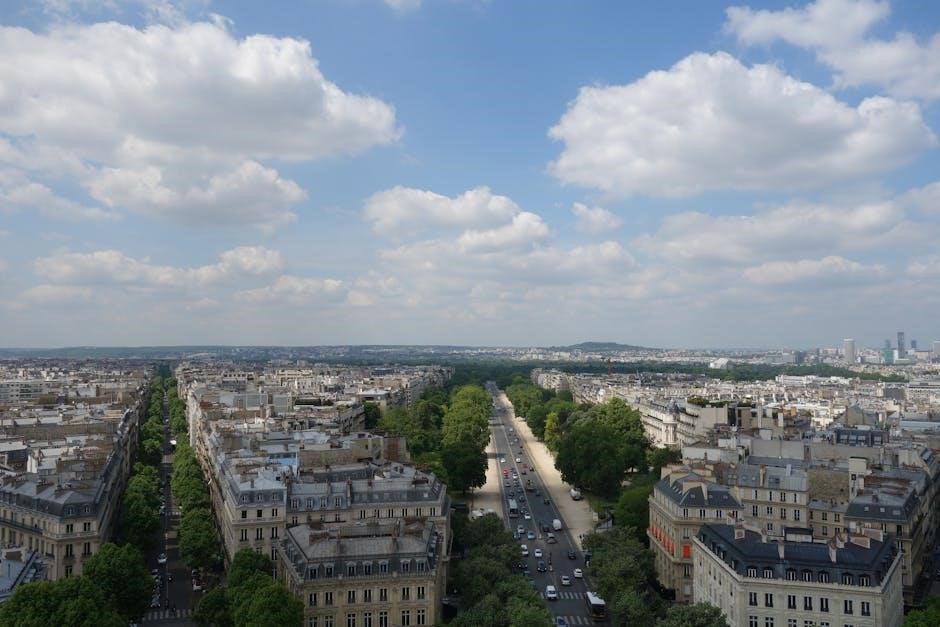
Public Safety
Public safety is a priority, addressing crime trends and safety concerns through strategic interventions, ensuring a secure environment for residents and businesses in the redeveloped area.
11.1. Crime Trends and Safety Concerns
The area along 105th Avenue has experienced specific crime trends, including property crimes and occasional incidents linked to urban decay. Safety concerns are heightened by inadequate lighting and visible signs of neglect, such as vacant lots and abandoned structures. These issues impact public perception and business activity, underscoring the need for targeted interventions. The redevelopment plan aims to address these challenges by improving surveillance, enhancing community engagement, and integrating safer urban design principles to foster a more secure environment for residents and visitors.
11.2. Strategies for Enhancing Safety in the Redeveloped Area
Key strategies include improving street lighting, installing surveillance cameras, and implementing community policing programs. Mixed-use development and active public spaces can reduce crime by increasing foot traffic. Collaboration between residents, businesses, and law enforcement will foster trust and shared responsibility. Urban design elements such as clear sightlines and accessible pathways will also enhance safety, creating a welcoming and secure environment for all users of the redeveloped area. These measures aim to create a safer, more sustainable community.
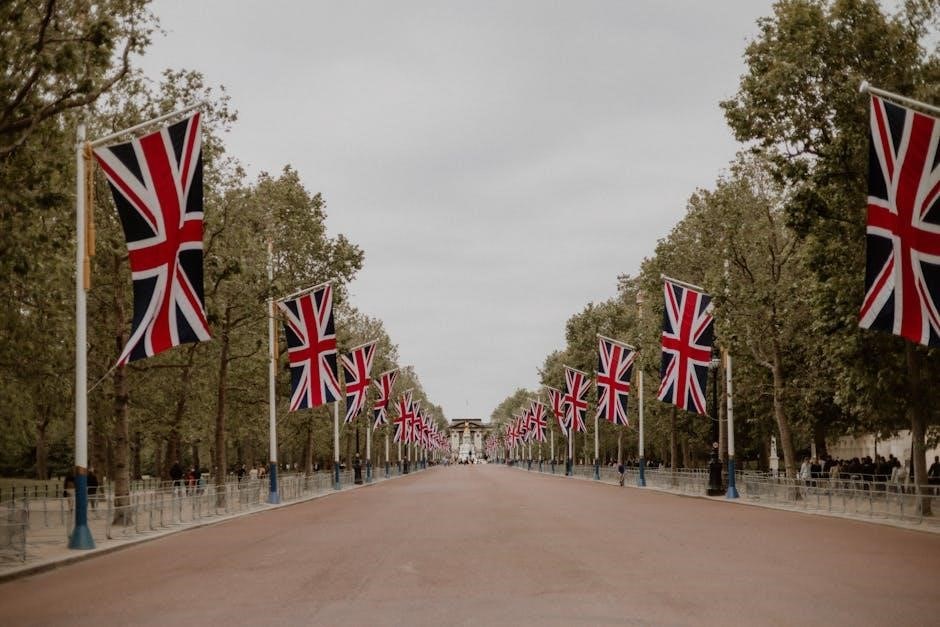
Urban Design and Streetscape
The streetscape development plan focuses on enhancing aesthetics and functionality, with coordinated street lighting and landscaping to create a vibrant, pedestrian-friendly environment that supports local identity.
12.1. Principles of Urban Design for the Redevelopment
The principles guiding the 105th Avenue Redevelopment emphasize mixed-use zoning, walkability, and community engagement. These principles aim to create a balanced urban environment that supports economic growth while preserving local character. By integrating green spaces and public amenities, the design fosters sustainability and social cohesion, ensuring the area remains vibrant and inclusive. The focus is on creating a harmonious blend of residential, commercial, and recreational spaces that cater to diverse needs and promote a high quality of life for residents.
12.2. Streetscape Development Plan
The streetscape development plan for the 105th Avenue Redevelopment focuses on enhancing pedestrian and cyclist accessibility while improving visual appeal. Key components include new sidewalks, street lighting, and landscaping to create inviting public spaces. The plan addresses current traffic congestion and lack of connectivity by introducing pedestrian pathways and crosswalks. It also incorporates community feedback to ensure designs reflect local identity and meet residents’ needs, fostering a safer, more sustainable, and aesthetically pleasing environment for all users.
The 105th Avenue Redevelopment Project aims to revitalize urban spaces, address infrastructure needs, and foster sustainable growth, ensuring a brighter future for the community and its residents.
13.1. Summary of Key Findings
The 105th Avenue Redevelopment Project addresses critical issues such as outdated infrastructure, zoning constraints, and public safety concerns. Existing conditions reveal a need for upgraded utilities, enhanced transportation networks, and affordable housing solutions. Community feedback underscores the importance of integrating green spaces and improving pedestrian accessibility. The streetscape development plan and utility upgrades are essential for long-term sustainability. These findings highlight the necessity of balanced redevelopment to ensure economic growth while preserving community character and addressing resident needs effectively.
13.2. Future Outlook for the 105th Avenue Redevelopment
The 105th Avenue Redevelopment Project is poised for transformative growth, with plans to enhance infrastructure, expand transportation networks, and create affordable housing. Sustainability initiatives, including green spaces and energy-efficient designs, will be prioritized. Community engagement will ensure resident input shapes the redevelopment. Economic opportunities, such as new businesses and job creation, are expected to flourish. The project aims to balance progress with preservation, ensuring a vibrant, inclusive, and resilient future for the area while maintaining its unique character and community identity.
